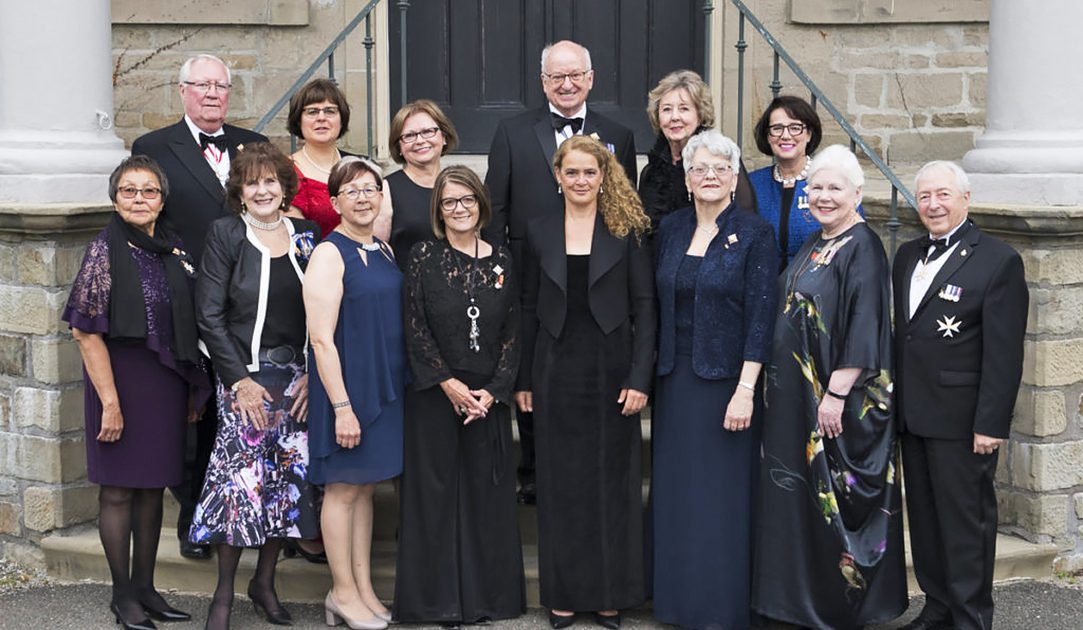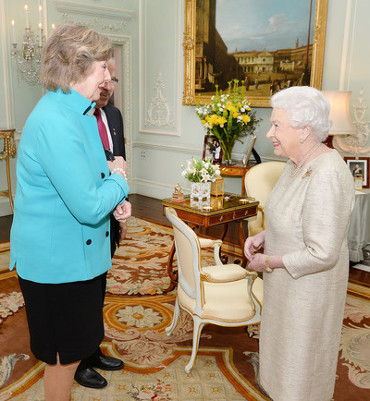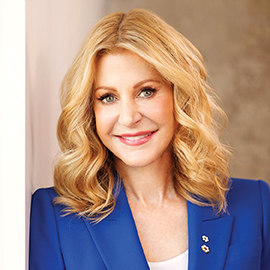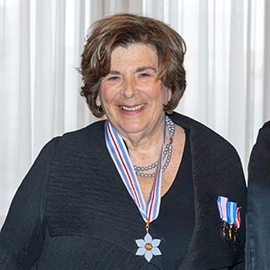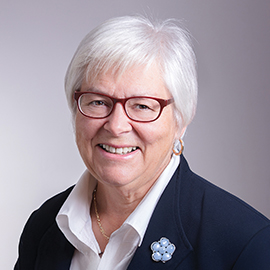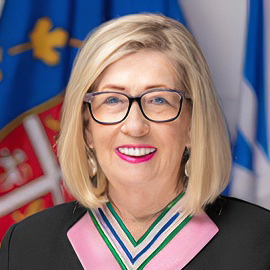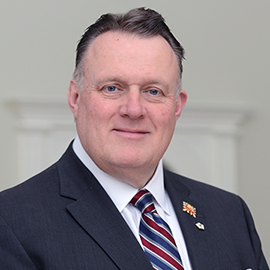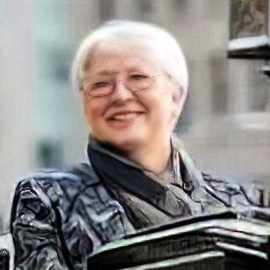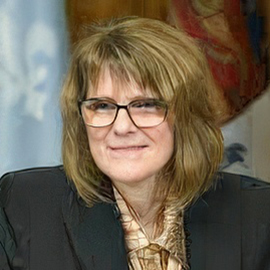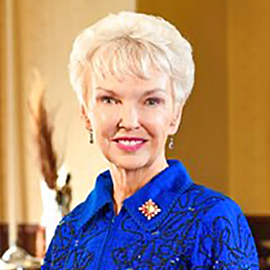The Lieutenant Governors
The lieutenant governors are appointed by the Governor General, in the name of The King, on the advice of the prime minister. Each represents The Sovereign within their province. In this way, the vice-regal representatives mirror the country’s federal system, underlining that the provinces are as potent in the exercise of their constitutional responsibilities as is the national government in its assigned jurisdictions. It is an historic office, in a sense pre-dating that of the Governor General, as the earliest colonial governors—of whom Samuel de Champlain was first—in fact he had responsibility for areas roughly corresponding to some of today’s provinces.
Following the use of a successful ad hoc advisory panel for the selection of a Governor General in 2010, Prime Minister Stephen Harper announced on November 4, 2012, the creation of a permanent new Advisory Committee on Vice-Regal Appointments, chaired by the Canadian Secretary to The Queen, Kevin MacLeod, with permanent members Robert Watt (Citizenship Judge and formerly first Chief Herald of Canada) and Jacques Monet, SJ (historian, author and former University president). The new non-partisan Advisory Committee provided the Prime Minister with non-binding recommendations on the selection of the Governor General and Lieutenant Governors. For the purpose of recommending a Lieutenant Governor, two temporary members were added to the Committee from the province concerned.
As of the 2015 election, the Advisory Committee is dormant.
As with the Governor General, the lieutenant governors are appointed to serve at His Majesty’s pleasure. However, by custom, vice-regal appointments are five years. Not infrequently this time may be extended. For many years, males occupied all or most of the positions. Reflecting societal changes, today’s are mainly female.
The role of the lieutenant governors is both constitutional and social. As representative of the Sovereign, they form a part of the provincial legislative assemblies, summoning and dissolving its sessions and giving royal assent to legislation in The King’s name. They must approve all actions (“Orders-in-Council”) of the provincial executive councils. Generally, they preside over the provinces’ honours systems, allowing the provincial Orders and similar recognitions to carry the dignity and prestige of the Crown. Socially, they lend their vice-regal patronage to a variety of causes and community events, ranging from the Scouts to prizes for academic and literary achievement, thus underlining the important role of the Crown in encouraging Canadians to give of their best. Each lieutenant governor chooses several areas of special concern that serve to draw the attention of the population to wide-ranging causes such as reconciliation, inclusiveness and to youth issues.
Much of the most influential role of the Crown takes place in local communities, day to day, and often under the radar of the national media, through the constant round of vice-regal activities undertaken by Canada’s ten lieutenant governors, through very modest budgets. Each represents The King in a way reflective of the province and of their own personal style.
Below are brief descriptions of The King’s provincial representatives.
The Hon. Janice Filmon, former Lieutenant Governor of Manitoba with the Late Queen

